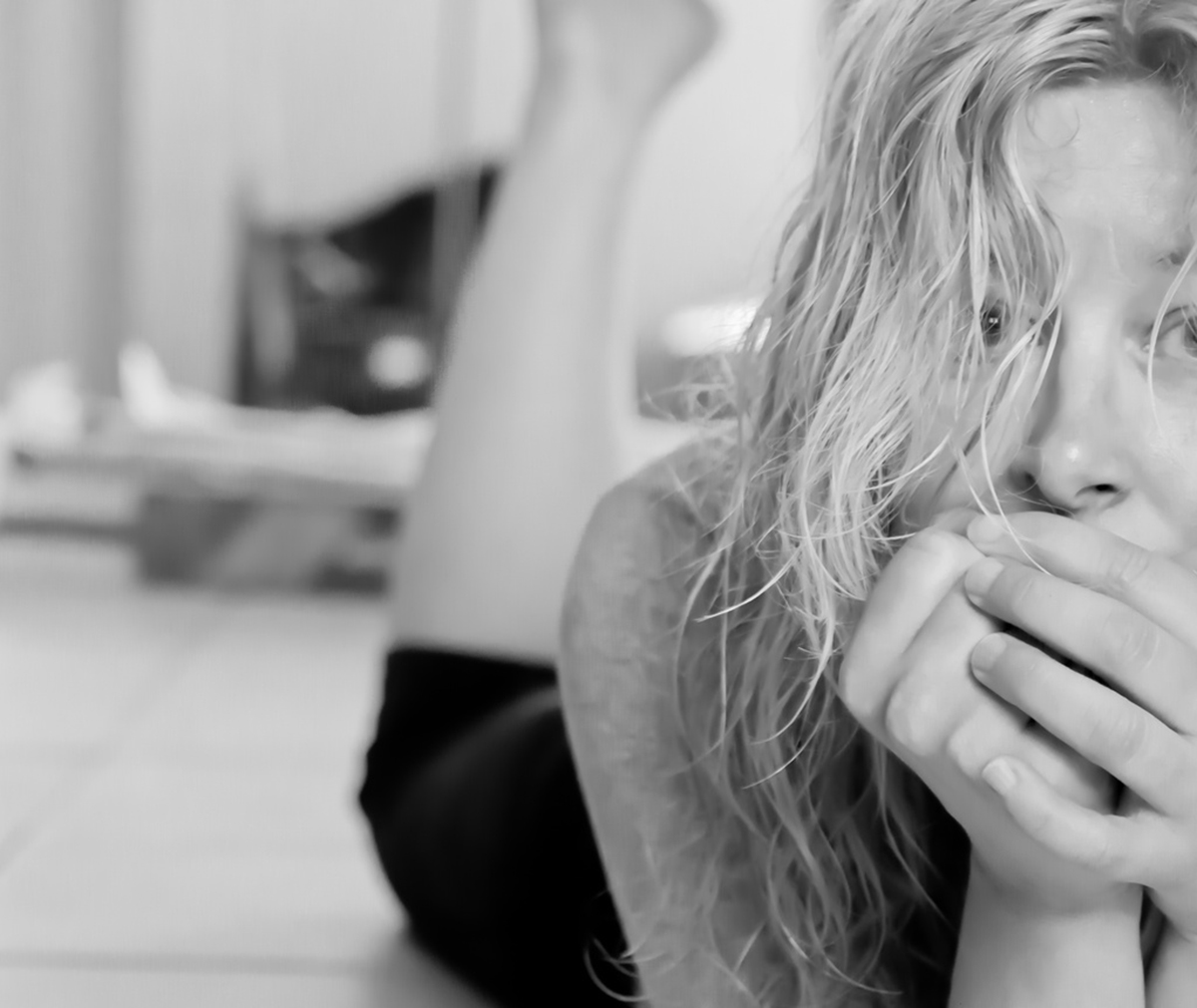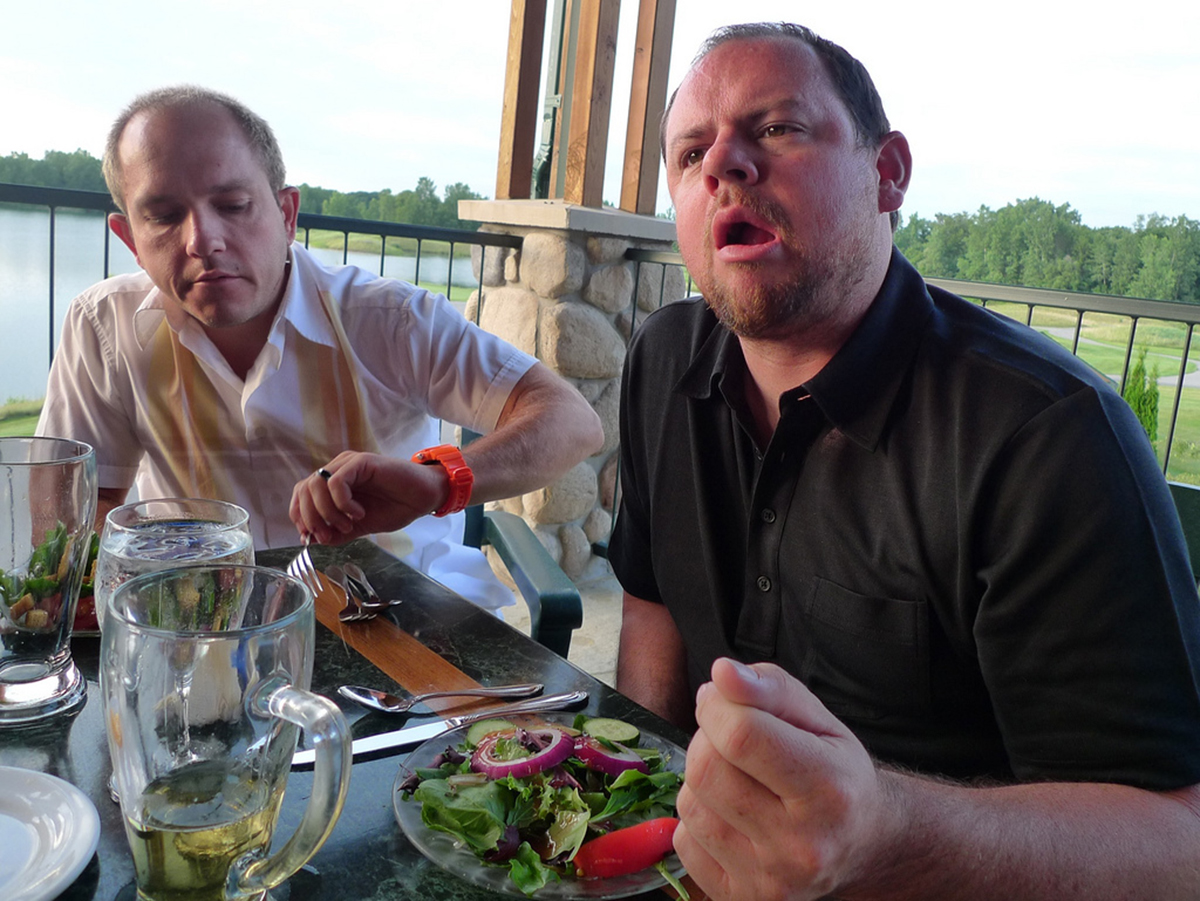Almost everyone feels an occasional twitch, such as when your eyelid spasms, but a twitch and a facial tic are not the same things even though the terms are often used interchangeably. Although they both involve muscle movements, twitches are usually an occasional, isolated occurrence.
Tics often involve repeated episodes. Understanding what tics are and how they can be treated is the first step in controlling the condition.

What Is A Facial Tic?
A tic is a contraction of one or more groups of muscles in the face. Tics are more common in children, but they can also occur in adults. Although tics are generally involuntary, there are instances where they can be temporarily suppressed. But suppressing the tic may cause distress and can be very difficult in many cases.
Different types of facial tics may occur in adults, including simple or complex tics. Simple facial tics involve rapid movements of only one muscle group and may include tics such as blinking the eyes or wrinkling the nose. Complex facial tics involve more than one facial muscle group. For example, facial grimacing is a complex facial tic.
Facial tics may vary in severity. They can also change. Someone who had mild facial tics can suddenly develop more severe tics. The muscle group a tic affects can also change. The frequency of the tics can also vary widely. Some people who suffer from facial tics may experience an occasional tic while others may have severe tics, which are noticeable. Although tics themselves are not dangerous, they can make someone self-conscious and suffer from decreased self esteem.
What Causes Facial Tics In Adults?
When facial tics occur independently of a medical condition, the cause is often unknown. Research does indicate facial tics seem to run in families, suggesting a genetic component. Certain vitamin and mineral deficiencies are also thought to be a possible cause of facial tics.
Tics are sometimes a symptom of a specific disorder or syndrome. For example, Tourette’s syndrome is a medical condition that causes uncontrolled facial and sometimes vocal tics. Additional conditions, including cerebral palsy and Huntington’s disease, may also cause facial tics. A head injury can lead to facial tics depending on what part of the brain was injured.
READ Have Dentists Discovered a New Treatment for Tourette's Syndrome?
Although the cause of facial tics is not always clear, there are several factors that may exacerbate tics. For example, facial tics may occur more often if you are stressed or tired. Tension and even excitement can increase the frequency of tics in some people. Taking street drugs or prescribed medication that is considered a stimulant can also increase tics.
Finding The Right Treatment For Facial Tics
A facial tic itself is not dangerous and does not require treatment. Still, depending on the severity of the tics, they can interfere with a person’s quality of life. They may feel self-conscious, and it may limit activities. The type of treatment recommended may depend on the severity of the facial tics.
Treating Tic Disorders
There are a few different types of treatments that may be recommended to treat facial tics in adults. Medications are a common form of treatment used to treat facial tics. There are different classifications of medication that may be used based on the severity and frequency of symptoms.
Neuroleptics are a type of medication that are used to treat psychosis. But in low doses they can be used to treat tics. Neuroleptics affect the brain chemical dopamine, which plays a role in movement. Although certain neuroleptics can have a number of side effects, such as blurred vision and weight gain, newer meds tend to have less unwanted effects.

Alpha2-adrenergics agonists are another type of medication used to treat facial tics. In studies, alpha2-adrenergics reduced the frequency of tics in about 50 percent of people who took them. They also tend to have fewer side effects than neuroleptics and are generally well tolerated.
Medication to treat underlying conditions that may increase facial tics may also be prescribed. For instance, some people who have obsessive- compulsive disorder suffer from facial tics. Prescribing medication that treats the mental health disorder may also treat the facial tics.
Self-Help Strategies To Curb Tics
In many cases, clinical treatment may not be needed, especially if facial tics are not severe. Whether medical treatment is needed or not, there are several self-help measures you can take to reduce the frequency of tics and learn to deal with them.
Educate yourself regarding tics: One of the first steps to take is to educate yourself. Understanding what increases facial tics and what your treatment options are is essential to deal with the condition.
Consider seeing a specialist if tics are interfering with your life: If facial tics are decreasing your quality of life, a neurologist can explain all treatment options including the benefits and risks of each.
Reduce stress: While stress is not a direct cause of facial tics, it can increase their frequency and severity. It’s important to find healthy ways to decrease stress, such as meditation, exercise and deep breathing exercises.
Live a healthy lifestyle: Some studies link nutritional deficiencies to increased facial tics. Sleep deprivation may also increase the severity of tics. Living a healthy lifestyle including eating a well-balanced diet, and getting enough exercise and rest will improve your overall wellbeing and may decrease facial tics in some people.
READ What Is Dialectical Behavior Therapy, And Would You Benefit?
Don’t limit activities due to facial tics: Although, in some instances, facial tics may be frequent, it is important to try to go about your normal routine and activities. Limiting activities and isolating yourself does not help the situation. In fact, it can lead to increased anxiety and stress, which can make tics worse.
- www.healthline.com/health/facial-tics#Overview1
- www.nhs.uk/Conditions/Tics/Pages/Introduction.aspx
- jnnp.bmj.com/content/68/6/738.full
- Photo courtesy of Patty Maher via Flickr: www.flickr.com/photos/closetartist/5946467156
- Photo courtesy of Patty Maher via Flickr: www.flickr.com/photos/closetartist/5946467156
- Photo courtesy of SanFranAnnie via Flickr: www.flickr.com/photos/sanfranannie/3788993473


Your thoughts on this